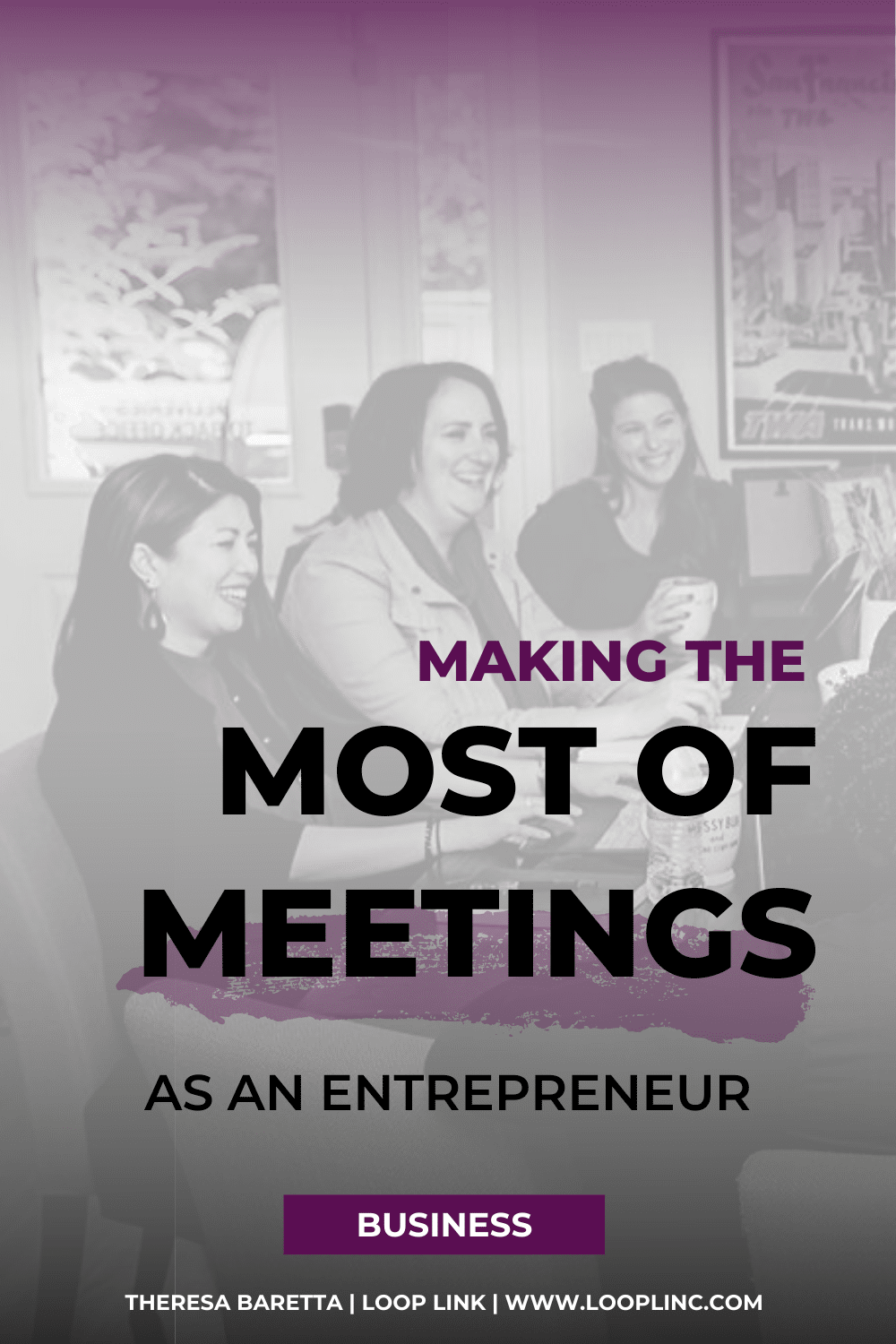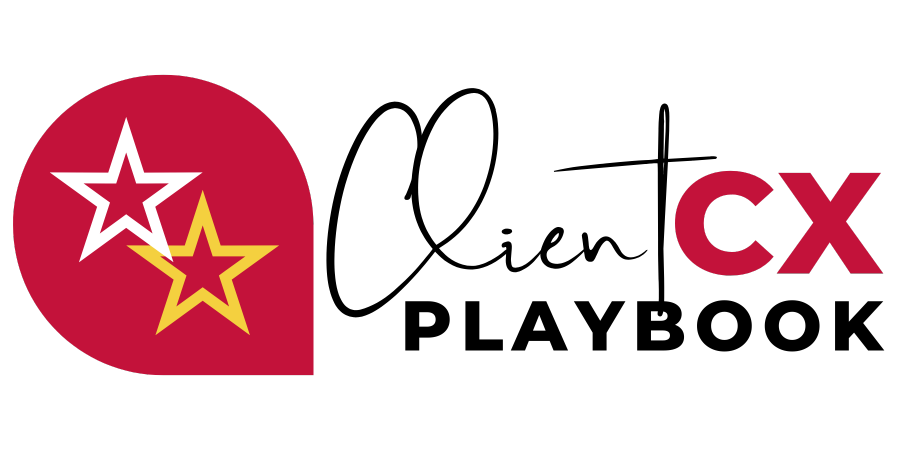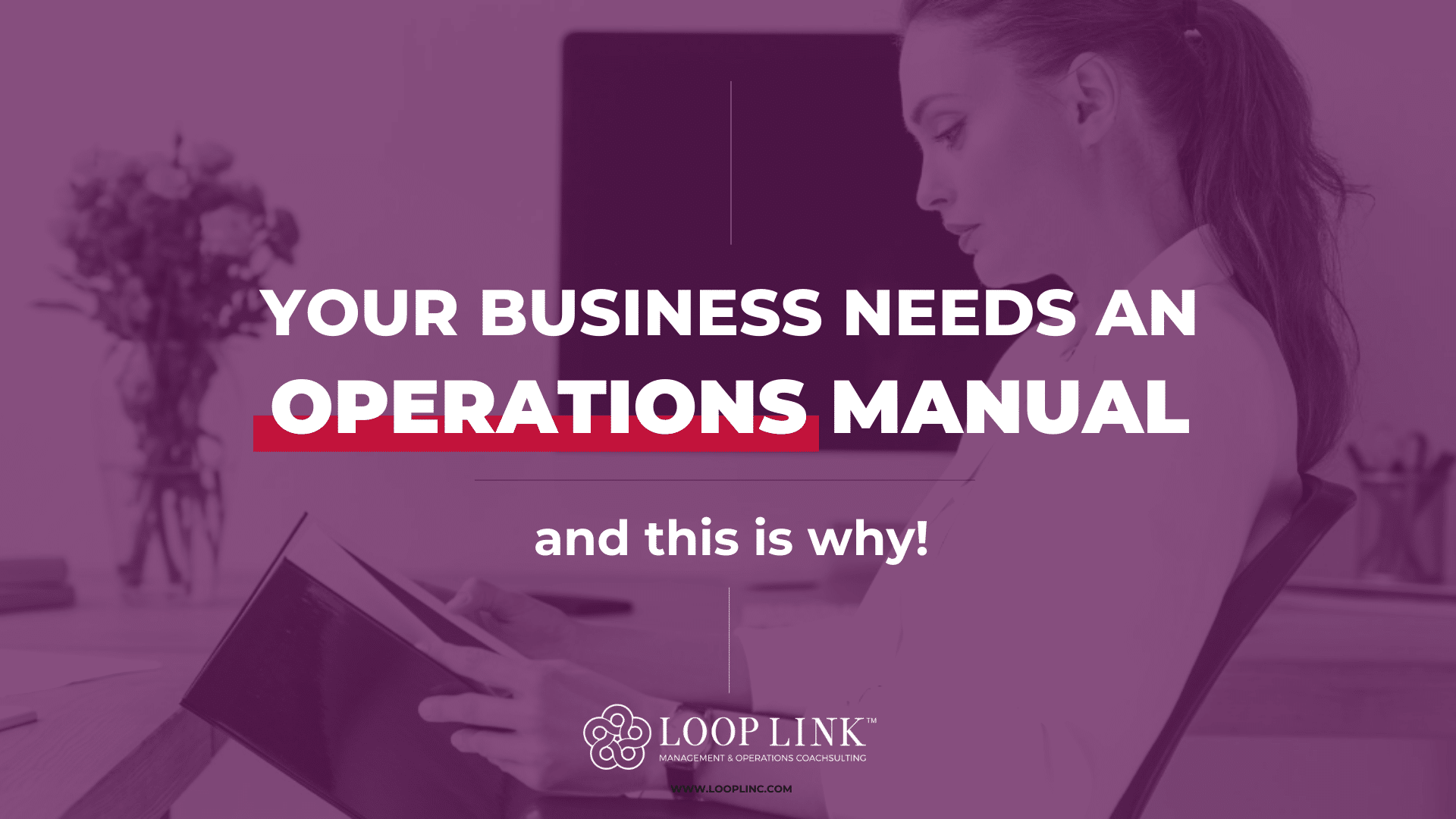Meetings can be time drainers and leave you feeling less accomplished than when you first entered. For entrepreneurs and business owners, they are an essential part of getting work done, and where decisions are made for business. To make the most out of meetings with clients, to network, and to communicate progress and planning, you’ll need a systematic approach.
A systematic approach can drive successful meetings by being structured with expectations, guidelines, and participation from all parties. Meetings have a cost to them, so we try to get the most out of them by being efficient and productive.

In the past few years, I’ve been in meetings where I felt my time could have been better utilized or was left feeling like nothing was accomplished. Becoming an entrepreneur and a Business Coach, I felt the client’s yearning for a sense of direction during meetings and clear expectations. This pushed me to refine my process and approach to meetings. I began to structure our sessions by reviewing previous action items, current discussions, and next action items. By setting up templates, I can now efficiently structure meetings driven by specific functions or type such as client meetings, one-to-one meetings, networking, interview meetings, etc.
Before the beginning of any meeting, always ask yourself these questions:
- What is the purpose of the meeting? (Information sharing, creative discussion or consensus decision)
- Who needs to be involved in the meeting?
- What do you want to accomplish in the meeting?
- How long does the meeting time need to be?
- How are you going to communicate the meeting summary?
Once you have determined the logistics of the meeting, and before we touch base on how the systematic approach looks like, here are a few suggestions on how to make the most out of meetings as an entrepreneur.
Agenda Structure
One of the things that will help make the most out of meetings is having a structured agenda. It’s not only about having a plan in your head, but it should be written on a document and shared with the parties involved. It also prevents the meeting to be hijacked by random topics or unnecessary jargon.
- Clear expectations. Start and end on time. This shows respect for people’s time and that their time is valuable.
- Begin with the end in mind. This generally will be stated as “By the end of this meeting, all of us will know A so that we can achieve B.”
- Provide a sense of direction. This allows your participants know what to expect and be more comfortable and active in the meetings.
- Wrap Up early. Aim to end the meeting 5 minutes early. This gives participants time to grab a coffee, or freely chat and relax before their next meeting. By planning for this, it also gives you the opportunity to build deeper connections and relationships with your participants. Alternatively, you can use this time for feedback on how everyone is feeling.
Planning for Communication
For meetings to be successful, everyone needs to be engaged. Take this moment to make sure cell phones are on silent, and not to be a distraction factor in your meetings. If you are in a meeting with more than one participant, it’s effortless to have a select few people to take control of the meeting. Instead, set the stage by outlining a clear expectation and create a friendly atmosphere.
- Stay on topic. It’s very easy to get off topic which can result in going over on time. Help drive the communication back on course.
- Ask questions. Prepare a list of items you want to ask if you have any ahead of time. This keeps the meeting on track and hits the points immediately.
- Prepare a Q&A session. Have some time at the end of the session for questions This gives the opportunity to align everyone on the same page.
Meeting Preparation
Have you ever been in meetings where you wish you were better prepared? Or that the organizer should have sent the reading or documents for review before the meeting? Don’t be that person! If there are any documents for review or reading, send it ahead of time so the meeting can be more productive, and achieve your accomplishments.
- Be organized. A structure of pre-meeting and post-meeting shows your participants your style of running meetings, and they will take more confidence in the meeting with you.
- Set the framework. Inform participants about what needs to be accomplished before the meeting. Examples would be readings, document review, topic research, etc.
- Solicit feedback. Instead of using the meeting time to read through the information, use the opportunity to validate ideas, discussions or decisions.
Actionable Takeaways
To make the most out of meetings should be announced with the meeting agenda and wrapped up with the understanding of who is doing what and by when. This way each participant acknowledges their assignment and targeted deadlines.
- Recap action items. Review all the topics discussed and confirm assignments of actions.
- Set deadlines. If it’s not scheduled, it won’t get done. Outline the target completion and follow-up dates.
- Confirm next meeting date. Most successful actionable takeaways are motivated by an awareness of the next meeting date known by all parties.
Template Meeting Styles
The above lists excellent suggestions on how to make the most out of your meetings by being more efficient and productive. Let’s bring it all together with business systems and how to achieve the above.
Meetings work best when you’ve systemized many of your requirements by creating templates. The first thing to do is determine what your meeting styles are. When you’ve established what they are, begin drafting up your agenda template. Some of them may be:
- Classic meeting
- Progress Update meeting
- 1:1 Meeting
- Discovery meeting
- Interview meeting
Templates help you make the most out of meetings and can be designed with your existing tools such as Evernote, Asana or OneNote. Although I’m not a big advocator ongoing outside of your tools, these tools won a place in my workflow because of their specific design to produce efficiency and effectiveness. Both of these you can check out with free accounts.
Solid Meetings: This is a functional platform that integrates with your calendar. With an app that you can take with you for work on the go. You can create events directly from this platform. With the free version, you can have one integration (I would recommend Zapier) and link it to your various tools.
CiscoSpark Notes: Brandable and clean, I really enjoyed the visual output of this platform. On the free account, it allows you to integrate with more than one tool. However, the mobile app is still in the works so be patient with it.
[thrive_leads id=’19752′]Your Move
Meetings can become a winning success that allows you to make the most out of meetings systematically. How does your Meetings Workflow look like? Do you use another technique that will enable you to maximize your meetings? Jump over to my Facebook page and tell me about your experience!
We’d love to hear about your best collaboration experiences and what made them so successful. See you there!








